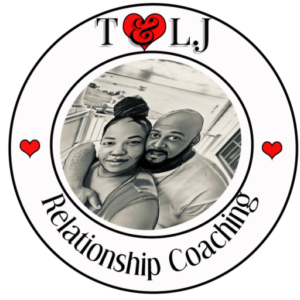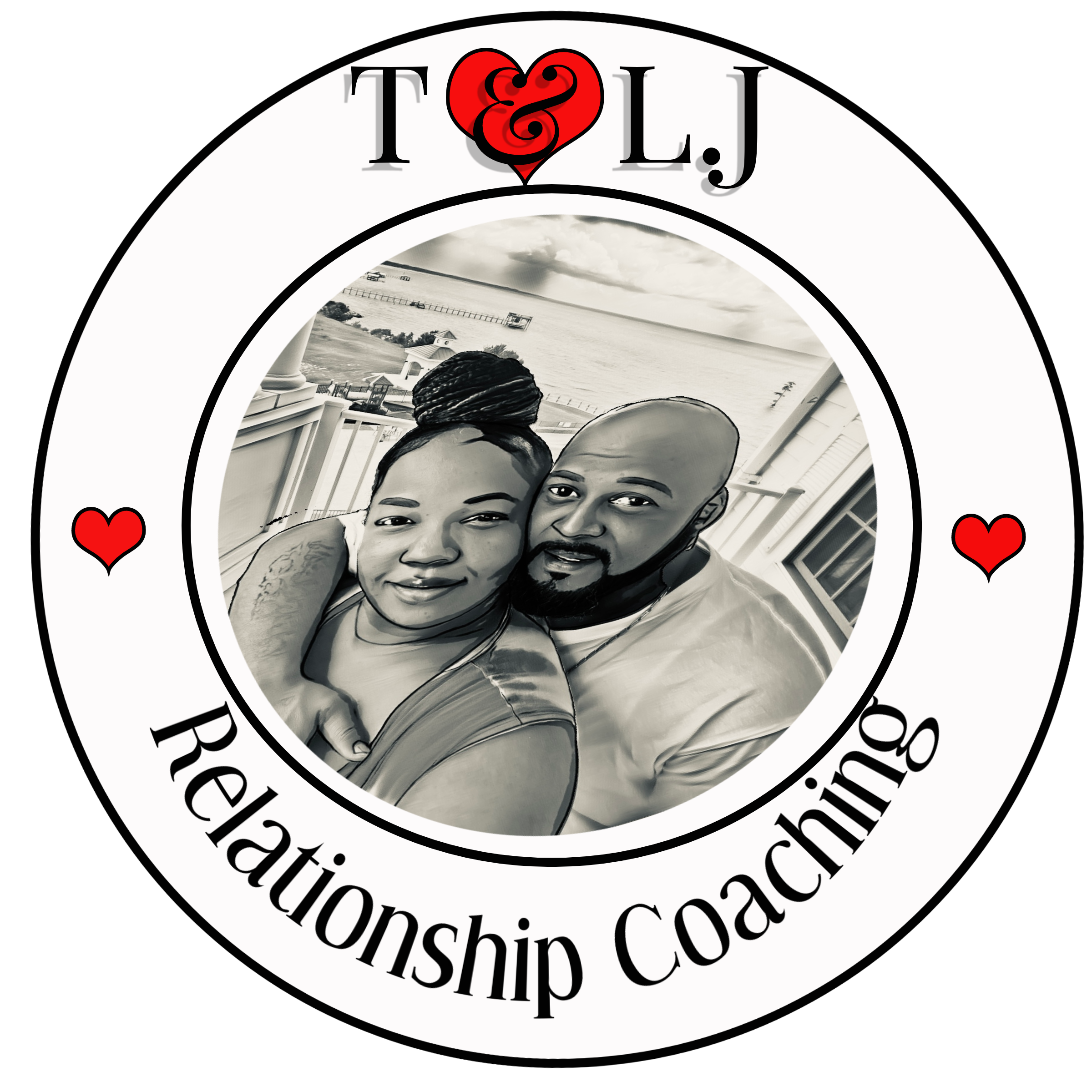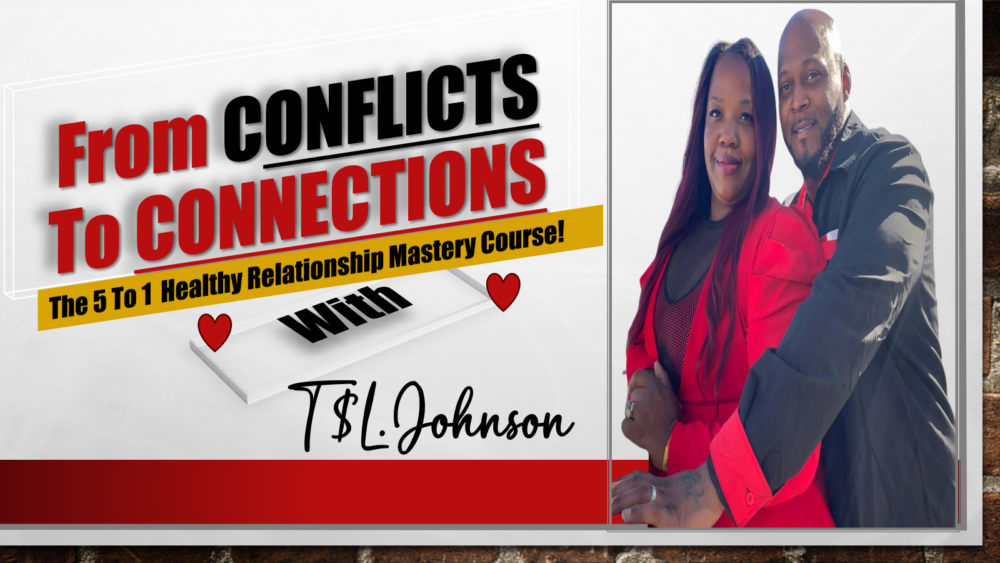Understanding the Importance of Open Communication
Why Communication Matters
Let’s kick things off by talking about why open communication is so dang important. In my experience, when people feel they can share their thoughts and feelings without fear, it transforms an ordinary workplace or relationship into something extraordinary. This openness fosters trust, collaboration, and creativity—essential elements for any successful team or interaction.
Think about it: when I’m able to be upfront about my ideas and concerns, it often leads to solutions that I may not have considered otherwise. Plus, conversations flow much smoother when there’s a culture of respect and understanding. So, if you want to cultivate a space where everyone thrives, start by laying the groundwork for candid conversations.
Not to mention, I’ve seen organizations suffer because communication bottlenecks led to misunderstanding and frustration. It’s like playing a game of telephone—one miscommunication can snowball into a huge problem. Establishing open lines of dialogue helps eliminate those snafus, allowing for more effective teamwork.
The Ripple Effect of Silence
You might be wondering what happens when communication goes silent. Trust me, the ripple effect spreads like wildfire. When people hold back their thoughts, it creates an environment of tension and unease. I’ve been there, and it’s not fun! Silence can breed suspicion and disengagement, which ultimately hurts not only relationships but also productivity.
I’ve noticed that when anyone—be it an employee or a friend—feels unheard, they tend to withdraw. This withdrawal leads to lesser collaboration and it can even foster an atmosphere that’s counterproductive. If I notice that conversations are becoming scarce, it’s usually a sign that something needs to change.
The consequence of silence can extend beyond the immediate team or relationship. If people in an organization are afraid to speak up, it can lead to poor morale across the board. You can often sense the frustration in the air, and it just brings everyone down. This is why creating a space for open communication is crucial for both individual well-being and collective success.
Creating a Safe Environment
Now let’s talk about what it really means to create a safe environment for dialogue. From my personal experience, the first step in setting this up is to actively listen. That means putting down your distractions and truly soaking in what the other person is saying. It shows them that their voice matters. I make it a point to engage with my team, ensuring they feel heard.
Furthermore, nurturing a non-judgmental space is key. If people feel judged or criticized for what they share, they’ll hesitate to speak up in the future. I always remind myself and others: we’re all learning. Keeping an open mind and a kind heart goes a long way when someone opens up about their thoughts or feelings.
Lastly, I find that regular check-ins can reinforce a supportive environment. By setting aside time to focus on communication—whether through one-on-one meetings or team huddles—people realize that sharing is welcomed and encouraged. It’s like building muscle; the more you practice, the stronger the bond becomes!
Encouraging Participation
Inviting Voices to Join In
When it comes to open communication, one of the big things I strive for is encouraging participation from everyone. I’ve found that the best ideas often come from those who least expect to share their viewpoints. Plus, it helps to break down hierarchies that can make individuals feel intimidated. I’ve noticed that when I actively invite quieter people into discussions, they often have incredible insights.
And don’t just assume that everyone is comfortable speaking up in the same manner! Encourage different ways to express thoughts—some might feel more at home sharing via email or even through anonymous surveys. This creates a balance allowing for varied participation and ultimately enriches the conversation.
It’s essential to validate those contributions once they are made. A simple nod or a “great point!” can go a long way. I remember the first time I applauded someone for their courage to voice an opinion—it became a game changer for us. Everyone felt like they belonged, which only spurred even more participation!
Overcoming Barriers to Communication
Barriers to communication can really throw a wrench into things. You’d be amazed at how something as simple as scheduling conflicts or geographical distances can affect conversations. I’ve experienced this firsthand in teams where remote work heightened the isolation factor. The trick I learned is to leverage technology to bridge those gaps—whether through video calls or chat apps, it can make all the difference.
Cultural differences can also be a stumbling block. Trust me, I’ve been there! I’ve worked with people from diverse backgrounds, and respecting and understanding those differences is vital. Creating opportunities for cross-cultural training can dismantle these barriers, leading to a mutually supportive environment.
Lastly, personal anxieties can hold people back from speaking up. I remind myself and others that it’s completely normal to feel nervous when sharing thoughts. Establishing clear guidelines on how to communicate helps put everyone at ease. Just knowing there’s a structure can make things less daunting, ensuring that all voices are heard!

The Power of Non-verbal Communication
Non-verbal cues can sometimes speak louder than words. It’s fascinating how a simple gesture, facial expression, or tone can convey a wealth of information. It’s definitely something I’ve become more attuned to over the years. While fostering open communication, I pay close attention to these cues, as they can provide insight into how someone is truly feeling.
For example, have you ever been in a meeting where everyone is saying “yes” but their body language says otherwise? This often hints at underlying issues that need addressing. I make a habit of checking in when I sense resistance or discomfort—sometimes asking, “Does anyone have any concerns?” can really open the door!
Encouraging people to also be mindful of their non-verbal messages is key. By being open about how body language impacts communication, I help my peers understand its significance. It can strengthen their engagement skills, leading to more fruitful conversations and clearer collaborations. Non-verbal communication is an unsung hero in the world of dialogue!
Implementing Feedback Loops
The Importance of Feedback
Let’s dive into the nitty-gritty of feedback loops. Trust me; it’s a detective’s best friend in solving communication issues. Feedback lets us know how well we’re doing and where we can improve. I remember implementing regular feedback sessions early on, and it was eye-opening how much clearer the path became for everyone involved.
First and foremost, I consult my team about what feedback means to them. I’ve learned that people appreciate constructive criticism when it’s framed positively. Providing specific observations helps create direction rather than leaving people feeling lost or unappreciated.
Positive reinforcement is equally important! Celebrating small victories fosters momentum and encourages ongoing communication. There’s something incredibly energizing about recognizing effort, and I’ve seen teams not just accept feedback, but ask for it actively. It’s this transformational process that leads to growth and development.
Creating a Continuous Improvement Culture
Setting up a continuous improvement culture is essential in keeping communication fresh and evolving. Personally, I believe it’s about embracing change as a part of your communication strategy. It’s not an endpoint; it’s a journey that requires everyone onboard, adapting as we go! I regularly emphasize that feedback isn’t a personal attack but rather a valuable opportunity for us to learn together.
This culture of improvement encourages people to speak up since they know their opinions are not just heard but valued. I’ve discovered that a monthly open forum allows everyone to share their thoughts on what’s working and what needs tweaking. It’s amazing what new ideas can sprout from these sessions!
Lastly, when action is taken based on feedback, it reinforces the importance of open communication. When people see that their input leads to tangible changes, they’re much more likely to participate in future conversations. I love seeing that shift from silence to a vibrant community eager to share ideas, questions, and insights.
Conclusion
There you have it, folks! Creating a safe space for open communication doesn’t happen overnight, but with dedication and consistent effort, it can transform your interactions. Making room for dialogue, breaking down barriers, and fostering connection is a rewarding journey. Let’s remember that we’re all capable of contributing valuable insights to each other’s lives.
FAQ
What are the benefits of open communication?
Open communication creates an environment of trust, encourages collaboration, enhances creativity, and ultimately leads to better productivity. It helps people feel heard and valued.
How can I encourage team members to speak up?
Inviting contributions, validating input, and creating an inclusive atmosphere where different communication styles are accepted can encourage team members to express themselves more freely.
What should I do if someone is hesitant to give feedback?
Sometimes people need reassurance! Openly communicate that feedback is appreciated and valued, and consider using anonymous methods if they’re uncomfortable sharing openly.
How do cultural differences impact communication?
Cultural differences can lead to misunderstandings, but they can also bring a wealth of diverse perspectives. Awareness and training can help bridge these gaps and foster mutual respect.
Why is non-verbal communication important?
Non-verbal communication often reveals true feelings and attitudes that words might not convey. Paying attention to body language and facial expressions can add richness to our understanding of each other.

Schedule Your First 20-Minute Coaching
Call With Us Today to see if we fit . You pick the price!
Click Here




